|
|
ADDRESS AND INTERACTION WITH THE STUDENTS OF SREE CHITRA TIRUNAL INSTITUTE FOR MEDICAL SCIENCES AND TECHNOLOGY, THIRUVANANTHAPURAM, KERALA
21-09-2006 : Thiruvananthapuram
Dynamics of medical research and applications
Let my brain, remove the pain
I am delighted to visit and interact with the students and Faculty members of Sree Chitra Tirunal Institute for Medical Sciences and Technology (SCTIMST) during the silver jubilee year of this institute. My greetings to the Director, Faculty Members, students and Staff of this unique research institution. Since the medical institute is attached with a full fledged super specialty hospital, large amount of clinical data will be available, which can be used by the students and Faculty for learning, teaching and research purposes, particularly on diseases pertinent to the areas of neuro sciences and cardiology.
When I think of Sree Chitra Tirunal Institute of Medical Science and Technology, I am reminded of Dr.M S Valiathan, who pioneered in combining medical science and bio-medical technology in a single campus. He conceived the institution and ensured that the institution as visualized was built during his tenure as Director. Today, Chitra Tirunal is known for the indigenous development leading to commercial production of heart valve, blood bag, dental implants and many consumables needed for medi-care. This effort has brought down the cost of medi-care and thus affordable for the common man. The research and its application in the specialized areas in your institution are well known in the medical world. I was thinking what thoughts I can share with you, I have selected the topic "Dynamics of medical research and applications".
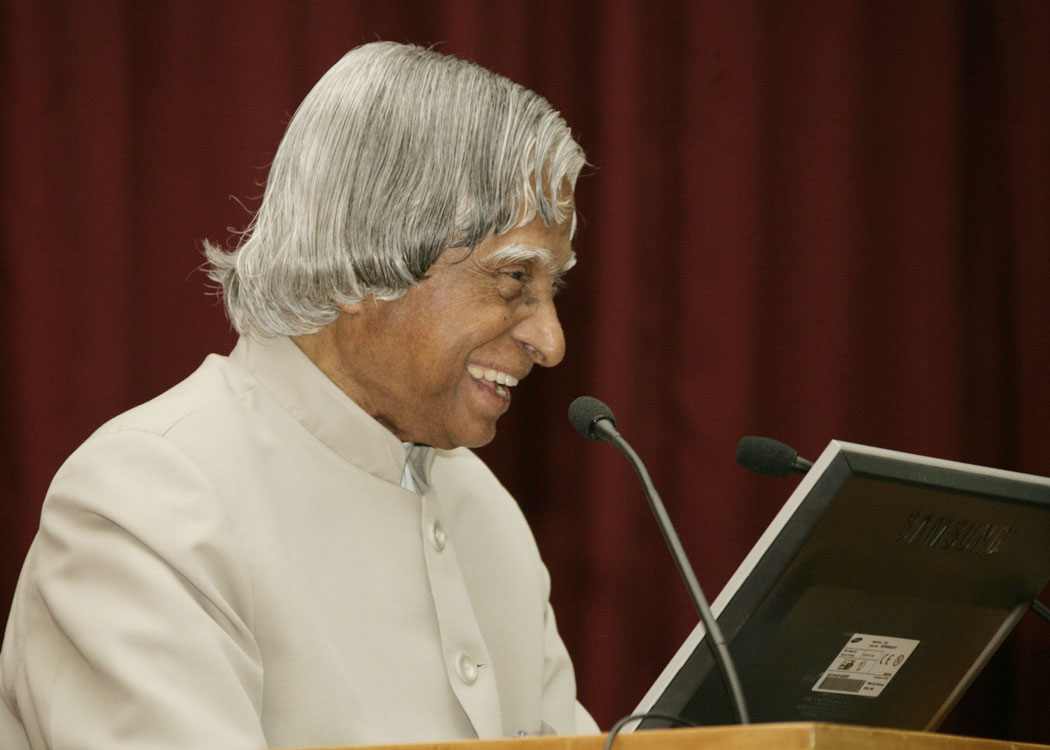

Certain breakthroughs in the medical field
In the country and abroad, I have visited a number of research institutions, particularly in healthcare. Let me present three events and thoughts.
1. Gene Chip: It is reported that Indian population is susceptible for coronary heart diseases, that too at a relatively young age, irrespective of where they live. As you are aware, Gene Chip arrays have tremendous potential in identifying genetic variations associated with heart disease for discovering new drug targets.
Recently, I met Dr. Cherian and Dr. Emmanuel of International Centre for Biomedical Sciences and Technology (Research & Applications). Dr. Emmanuel?s who is working on the Gene Chip, says that it can be used for finding the existence of genetic diseases including coronary artery diseases in the baby during a certain stage of pregnancy itself.
As many as 50 different mutated genes are identified as responsible for heart problems in Indian population. If a person is not having any of these harmful mutated genes, then he may not suffer from heart ailments. The Gene Chip on contacting with the blood, immediately identifies the mutated genes in the person. Based on this information, proper guidance can be given to the patients and parents. The chip could also be modified to suggest to the patient?s system to develop those chemicals which in turn will help the patient recover from the present situation. Integrating molecular biology, cyto-genetics and bio-chemistry, bio-chip technology is regarded as one of the important inventions in the research of gene functions in terms of speed and accuracy. I would recommend the specialists of this hospital to work in partnership with International Centre for Biomedical Sciences and Technology to progress further in this area for finding the application of Gene Chip as a diagnostic tool and as a treatment regime for many cardiac and neuro diseases.
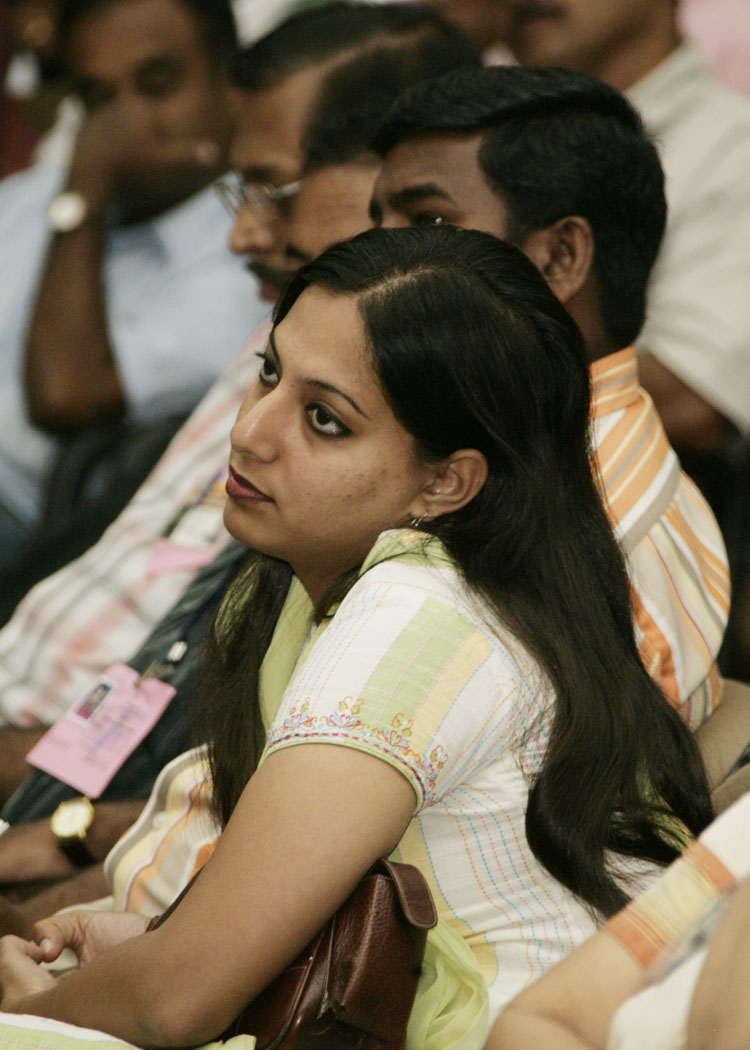
2. Nanotube Heart Pacemaker: Recently I was in Indian Institute of Science. There I found that Prof AK Sood, Professor of Physics and his student Shankar Ghosh have studied, experimented and found that the liquid flow in carbon nano tubes can generate electric current. One of the most exciting applications to emerge from the discovery is the possibility of a heart pacemaker ? like device with nanotubes, which will sit in the human body and generate power from blood. Instead of batteries, the device will generate power by itself to regulate defective heart rhythm. The IISc has transferred the exclusive rights of the technology to an American start-up Trident Metrologies. They will develop the prototypes and commercialize the gas flow sensors. I am sure this new discovery by our Indian scientists will be of interest to cardiologists and cardio vascular surgeons of Sree Chitrai Thirunal institute for further research and development.
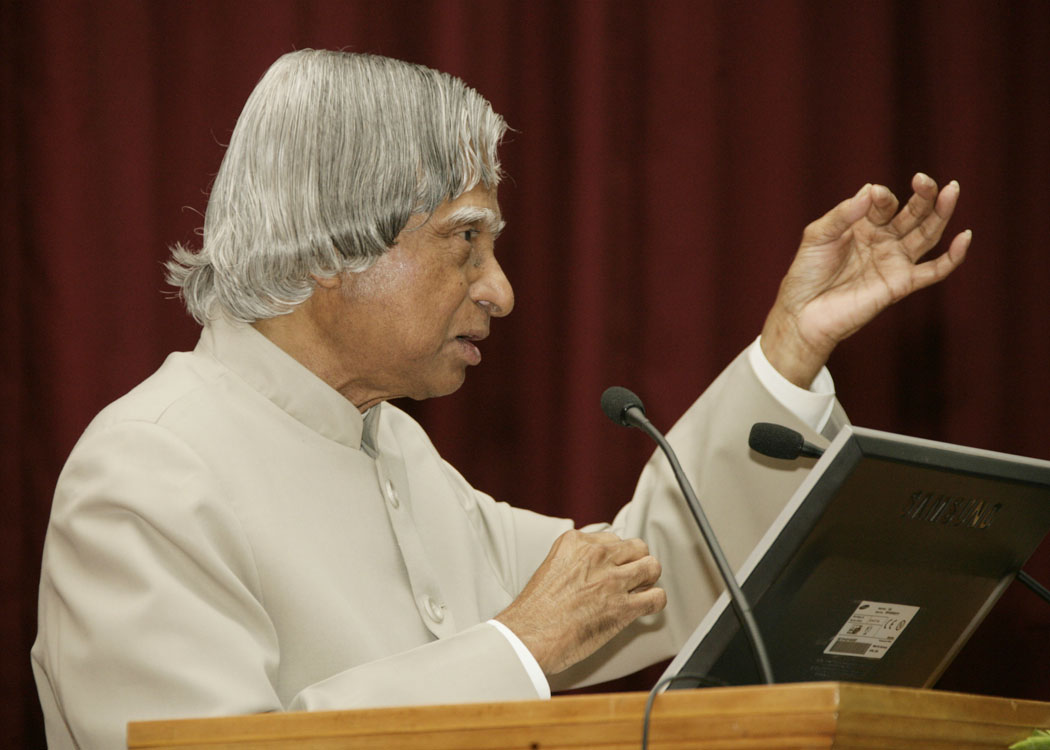
3. Experience in stem cell: During my visit to various laboratories, I happened to see the of stem cell research for different purposes including brain research. I would like to share with you an important stem cell research application in the field of cardiology at All India Institute of Medical Sciences (AIIMS). In one of the cardiac diseases, where conventional medical and surgical treatment are ineffective because of the affliction of the heart muscle, use of autologous bone marrow stem cells implantation into the diseased heart muscles had been applied in order to improve the function of heart muscle. AIIMS has treated number of patients using this technique. This is expected to open new frontiers in the treatment of patients for regeneration of heart muscles, thereby giving new hope for the patients suffering from end stage heart disease. I am happy that Sree Chitra Tirunal Institute for Medical Sciences and Technology is going to commence research work in stem-cell therapy very soon.
Now, I would like to discuss about the management of cardiac diseases.

Management of Cardiac Diseases
The experts have briefed me that Multi-dimensional solutions are available for management of the cardiac diseases. The solutions include medicinal treatment using Statins, which lowers the cholesterol in the blood by reducing the production of cholesterol by the liver. Statins block the enzyme in the liver responsible for making excess cholesterol. However one has to be careful about the side effects and take adequate precautions while treating the patients. The second is through angiography and angioplasty using stents. Advancements in stents have resulted in the introduction of drug quoted stents which hold a tremendous promise in the near perfect cure of coronary artery disease. I understand that very soon we may have bio-degradable stents. The next generation stents may be nano-stents. If the heart blockage is severe, valve defect and death of cells in the heart due to less blood supply etc. surgical intervention will be necessary.
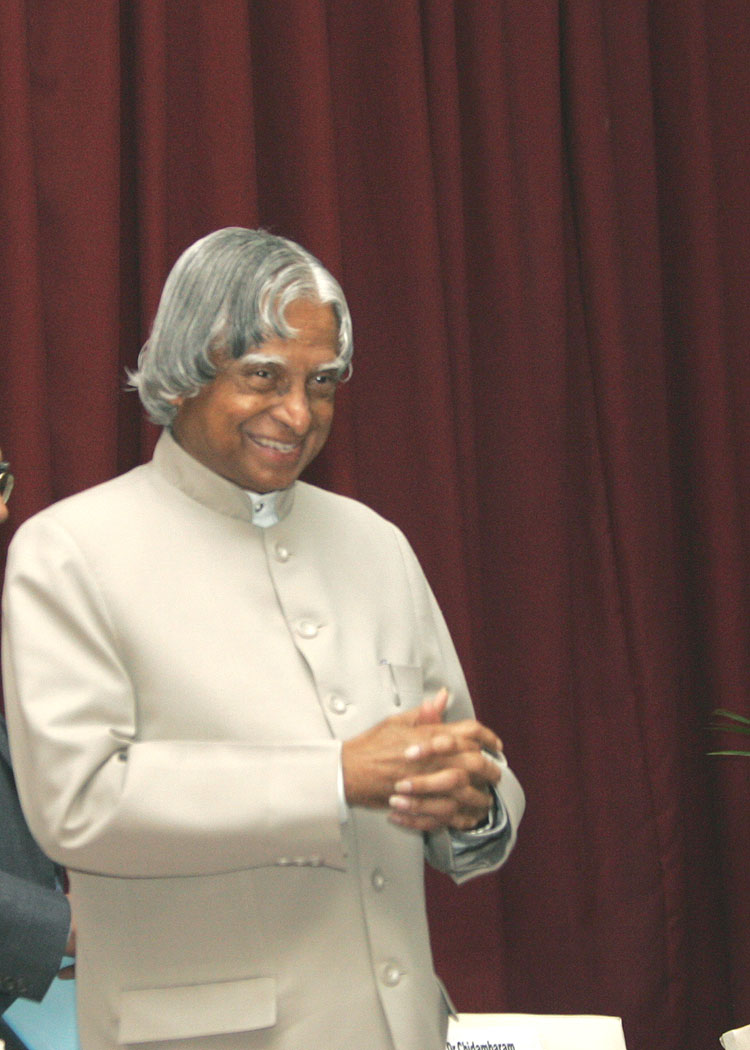

Progress in Treatment of Coronary Artery Disease
We have all witnessed the treatment of cardiovascular disease moving from very invasive to less invasive methods. In the seventies bypass surgery was the big news, in the eighties it was balloon angioplasty and in the nineties it was the stent.
Now, moving a step further is a totally non-invasive treatment - EXTERNAL COUNTER PULSATION (ECP), has made big news in the west as a non-operative, non-pharmaceutical, safe and effective treatment. ECP is FDA (USA) approved and finds reference in medical and cardiology textbooks. Now the treatment is available in most of the leading hospitals of the world and few centres in India. Particularly, the ECP is available in Parumala in Kerala.
It is well known that following bypass surgery - only 75% patients are symptom free for 5 years or more and only 50% after 10 years or more. The number of patients having recurrence after bypass, ballooning and stenting is increasing and for them ECP is the only FDA approved treatment available which is documented to increase blood supply to the heart by 20-42%, to the brain by 22-26% and to the kidneys by 19%. Sree Chitrai Thirunal institute may take up application of ECP for further study. Now, I would like to discuss about lifestyle intervention needed for preventing occurrences of heart diseases.
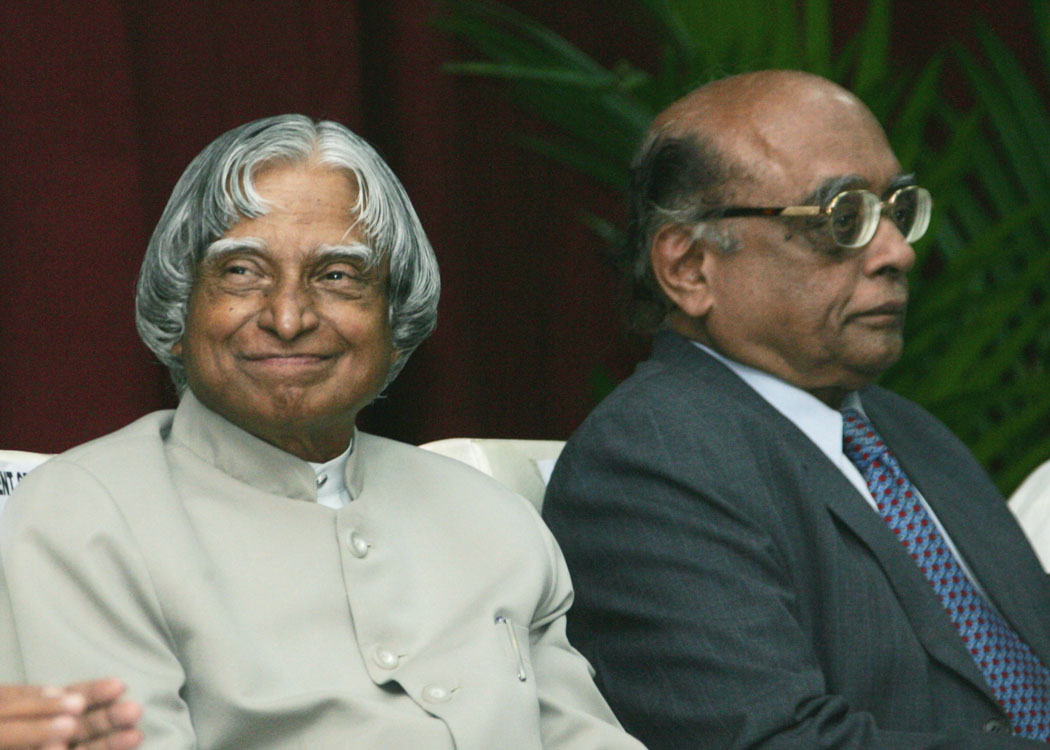

Life style intervention
There is a need to propagate the importance of appropriate food habit and life style among the urban population to combat the situation of increased occurrence of heart ailments. Hospitals in the country should take proactive steps to counsel their clients in a family atmosphere for ensuring reduction in this number in the years to come. It would be ideal if it is possible to restrict to the minimum essential treatment instead of going in for surgical intervention.
It has been reported that the repeated occurrence of heart ailments is caused by diet, smoking, and lack of exercise and uncontrolled diabetes. All these factors can be controlled by an appropriate life style intervention. I have seen the change of life style pattern practically taking place in Global Hospital and Research Center, Mount Abu. There was a joint project of Defence Institute of Physiology and Allied Sciences (DIPAS), DRDO and the Global Hospital and Research Center for studying the effect of "holistic lifestyle intervention" on the patients suffering from Coronary Artery Diseases during the year 1997-98. The project involved both Control Group and the Experimental Group. The Control Group was subjected to conventional treatment, whereas the Experimental Group was supported by an intervention involving low fat, high fiber vegetarian diet, aerobic exercises and meditation. This three-dimensional psycho-physiological mind-body approach in treating heart patients of the Experimental Group resulted in dissolution of angiographic plaque and improvement in microcirculation of blood in heart muscles of the patients. The treatment was also supported by participation of spouses and other family members of the patients, leading to a unique family system approach to Medicare. The results of this study are being discussed in an international conference at Mount Abu, where 1500 national and international experts are participating. I will be inaugurating the conference from Madurai through virtual presence tomorrow.

Treatment for Parkinsons Disease
Some time back, I had met Prof. Vijay K Varadan of Pennsylvania State University, USA. He shared his experience on the possible line of treatment for Parkinson?s disease and Epilepsy. The primary symptoms in Parkinson? Disease as you all aware are tremor or trembling in hands, arms, legs, jaw, and face, rigidity or stiffness of the limbs, slowness of movement and impaired balance. Prof Varadan has devised a wireless system for monitoring and control of Parkinson?s disease. The system consists of an implantable DNA insert in the head region for generating a pulse to the nerve system; controlled either by a modified pacemaker or smart hat. Passive polymer based gyro sensors, which are implanted in the tremor location. The sensor get the power from the Pacemaker and the Pacemaker then reads the tremor motion. The Pacemaker then generates the pulse in the implanted device in the head to control the tremor. This appears to be a promising line of treatment for such diseases. Prof. Varadan also has reported that the few patients affected by Parkinson diseases had a full recovery. This is an important area for Indian researchers. Now, I would like to talk about research on mentally challenged children.

What hope does research offer?
Father George a researcher and myself have been working for the last three years on a research programme on mentally challenged children. The research is aimed to find integrated solution using technology, software and hardware application to achieve a near normal functioning of the brain of mentally challenged children. Is it possible? That is the research focus. When I saw some of the mentally challenged children performing certain activities like singing, and painting at the Central Institute of Mental Retardation, in Thiruvananthapuram, I became convinced that one day convergence of information and communication technology, medical electronics, bio-technology, nano-technology and mathematical simulation can lead to an integrated solution to their problem. We have been studying mentally challenged children in various research institutions, homes for mentally retarded and hospitals. We are confident that it will be possible to transform certain functions of the damaged portion of the brain, say in the left hemisphere to the normal portion in the right hemisphere of the brain by some triggering mechanism, or by implanting a bio-chip to carry-out those functions. The research is indeed locating the exact area of defect. Permanent solution which can help children afflicted with mental disability can be found by medical scientists and technologists using an integrated approach. The other research area proposed is the use of stem cells for increasing the quality and quantity of the neurons in the brain system. This area of research is in the preliminary stage.

Networking of Medical Institutions for Research
I would request this medical institute to launch a website that will become the common platform amongst the cardiologists, neurologists, cardiac and neuro surgeons and bio-medical technologists in the country and abroad to provide the connectivity for the thousands of specialists spread in different parts of the world. The website can document the case studies and special treatment regimes followed by different specialists and also the novel diagnostic techniques used by them including introduction of new bio-medical technology products. You could also include provision for the common man to ask questions about his specific problems connected with diseases which can be answered by a panel of specialist doctors. This will also lead to automatic generation of a database of such patients and make treatment of these diseases available by specialists at an affordable cost. However, the confidentiality and privacy of the patient has to be maintained by the website. This website can be used for creating awareness among the people for prevention of diseases.

Capacity building for research
One of the important elements for research work is the right type of medical education that motivates the student to appreciate challenging problems. The education should prepare them with the basics of medical sciences periodically updated with latest inputs from research and technology. The system must introduce them to modern and emerging technology tools and medical treatment case studies. That will enable creation of human capital with an enquiring mind, knowledge base and right type of motivation to venture into challenges. I am suggesting the Indian Medical Council for incorporating such dynamic changes in the medical curriculum.

Conclusion
Medical profession is a noble profession and it has always been patient centric. The patient has the right to have right type of medical care, with right type of medical practitioners. How does a patient know, whether he should go to a cardiologist or a neurologist or a nephrologists or vascular surgeons? He is made to go from one place to another in search of the right specialists. An integrated mechanism is needed to see that patient without frustration is directed to the right specialist for right diagnosis at the right time at a right cost. Medical professionals of this Institute should constantly think of finding an effective medical interventions to the patients keeping the above point of view.
Once again let me greet you all in your Silver Jubilee Year. I wish you all success in your mission of removing the pain of the human being.
May God bless you.

Oath for the Medical Professionals
1. Research in medical sciences is continuously advancing. I will be an autonomous learner and acquire new capacities continuously.
2. We the medical professionals realize that we are in God?s mission.
3. We will always give part of our time for treating patients who cannot afford.
4. We will treat at least 20 rural patients in a year at minimum cost by going to rural areas.
5. We will encourage the development of quality indigenous equipments and consumables by making use of them in all our operations assuring the reliability of the products.
6. We will follow the motto "Let my brain remove your pain and bring smiles".

Question and Answer Session
Ms. Anie V, Ph.D. Scholar, Pathology
1. What are the qualities a scientist / researcher should have?
2. Everybody says hard work plays an important role in your life. According to you, what is hard work?
3. How do you see your mistakes or setbacks in your research life?
Ans: Scientific research is a life time mission. Scientist must possess an enquiring mind. He must be creative and innovative. He should have indomitable spirit to face all the problem coming in the way of research. He should become the master of the problem and succeed. Managing failure is the one of the characteristics of research. Applying your mind constantly to the problem in hand and finding a solution is hard work. Every failure is stepping stone for success.
S.K. Godwin, Ph.D. Scholar, Health Economics
2. Do you think that the present direction in which India and its science and technology are growing, adequate enough to eradicate poverty in India?
Ans: Yes. We are making progress steadily. Many institutions are making significant contribution in science in disciplines like medicine, agriculture, bio-technology, information technology, space, nuclear science. Various such initiatives are aimed to ensure availability of resources to the common man leading to poverty alleviation.
K. Kaladhar, Ph.D. Scholar ? Bio-Surface Technology
3. What will be the impact of "Nanotechnology" and "Nano-biotechnology" in health care R & D for improving the clinical health care management and what will be its impact on rural health?
Ans:Nano-technology is playing a very important role in health care delivery systems. The quantity of medicine use comes down sharply if we use nano-technology based delivery system leading to substantial reduction in the cost of medicare. Convergence of bio-nano-info technologies can lead to the development of nano robots. Nano robots when they are injected into a patient, my expert friends say, it will diagnose and deliver the treatment exclusively in the affected area and then the nano-robot gets digested as it is a DNA based product.
Dr. Maitraye Basu, MPH Programme.
4. With the establishment of the Public Health Foundation of India, how do you see India 10 years hence?
Ans: Public Health Foundation of India is a public-private partnership venture to promote quality health care institutions in the country. I visualize the institution to become a think-tank for medi-care. This will lead to creation of quality human resource in medical field and research personnel. All these will lead to enhancement of public health and better medicare to the people in the country.
Dr. Savneet Sakhija, Post-Doctoral Fellow-Cellular & Molecular Cardiology
5. You have played the roles of both, a Scientist and the President of India. I would like to know from Your Excellency in which role you were more happy and satisfied and why?
Ans: Each role needs certain unique qualities. We have to acquire those qualities needed for the role. As a scientist I had the opportunity to prepare a road map for transforming India into a developed nation by 2020 in partnership with large number of specialists team members. As a President, I am trying to market the idea among all the people responsible for executing the transformation process.
Dr. Vivek V Pillai Mch ? Cardiovascular and Thoracic Surgery
6. A New World Order is a dream for some and a nightmare for many. Respected Sir, What is your vision about the New World Order?
Ans: We have to constantly change with time. Global vision, universal harmony and peace should be the new world order.
Dr. V. Vikas, Mch Neurosurgery
7. Sir, Humphrey Davis had written to Michael Faraday -
"Science is a tough mistress; she demands a lot of attention, but gives little in return.? This being the case, are we justified in advocating science to every body? Aren?t we becoming the pied piper?
Ans: No. You have not to see the return from individual angle. Imagine the world without electricity. The value of the contribution made by the inventor to the society is really immeasurable. Hence, we have to constantly work to discover new scientific theories and phenomena which will be useful to the society.
Dr. Shomu Rajender Singh Bohora, DM ? Cardiology
8. Could there be a mechanism by which a common student can address his needs to consult an expert, send his / her inventions or ideas and thoughts and difficulties encountered in his / her field to pursue further studies directly to a Central Committee, which is open to discussion and from whom prompt guidance could be obtained. Probably a lack of guidance and the need to bring up new ideas rather than suppress them is the main cause of distress among students.
Ans: National Research and Development Corporation accepts ideas and inventions from everyone in the country and provide guidance for making the idea beneficial to the country. They also reward excellent innovations. Each institutions can constitute a Committee of Experts who can examine the ideas and suggestions coming from the institution. Screening and providing guidance for further improvement can be done locally by this Committee. Recommendations of this Committee can also be sent to NRDC.
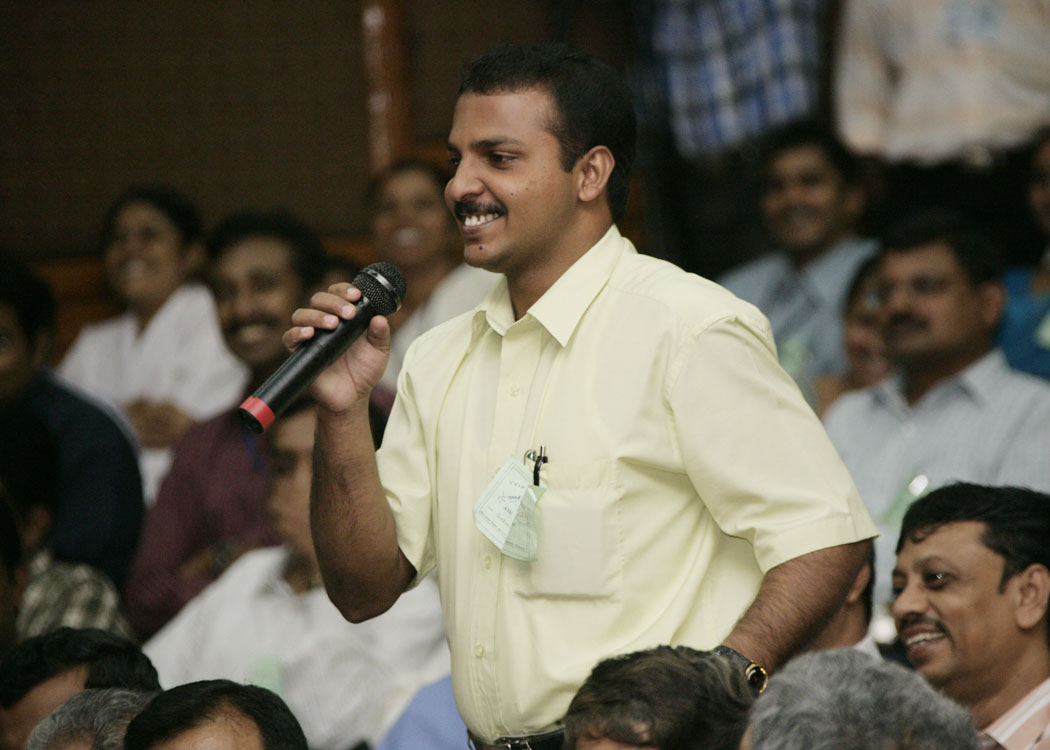
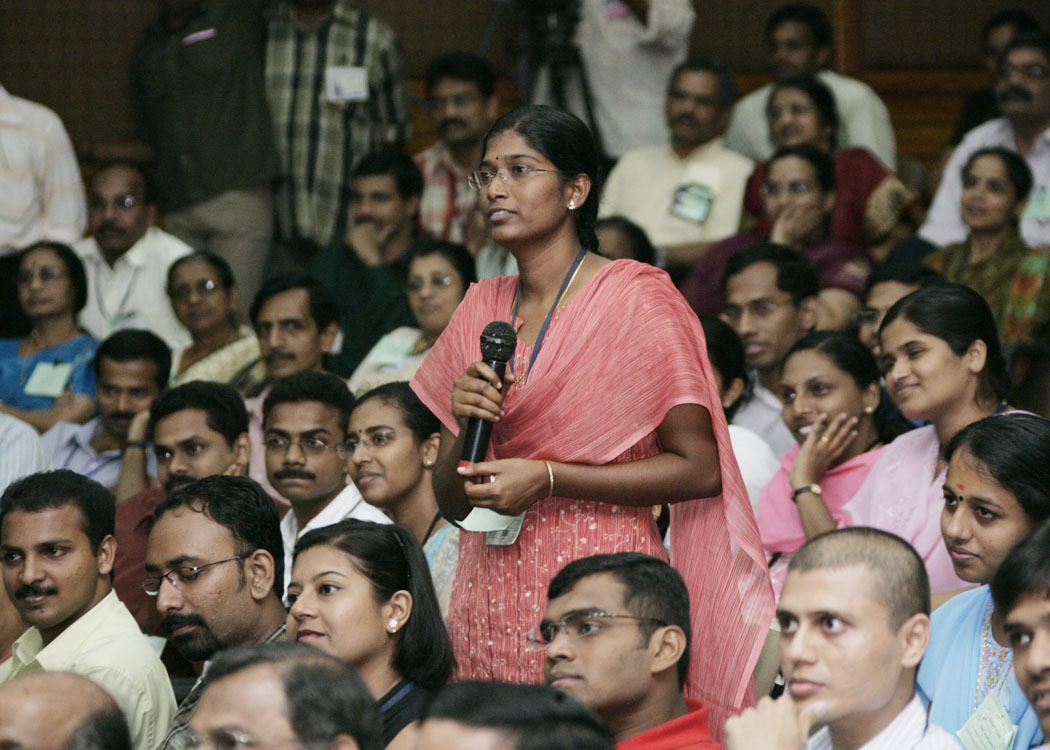
<<Back
|
|